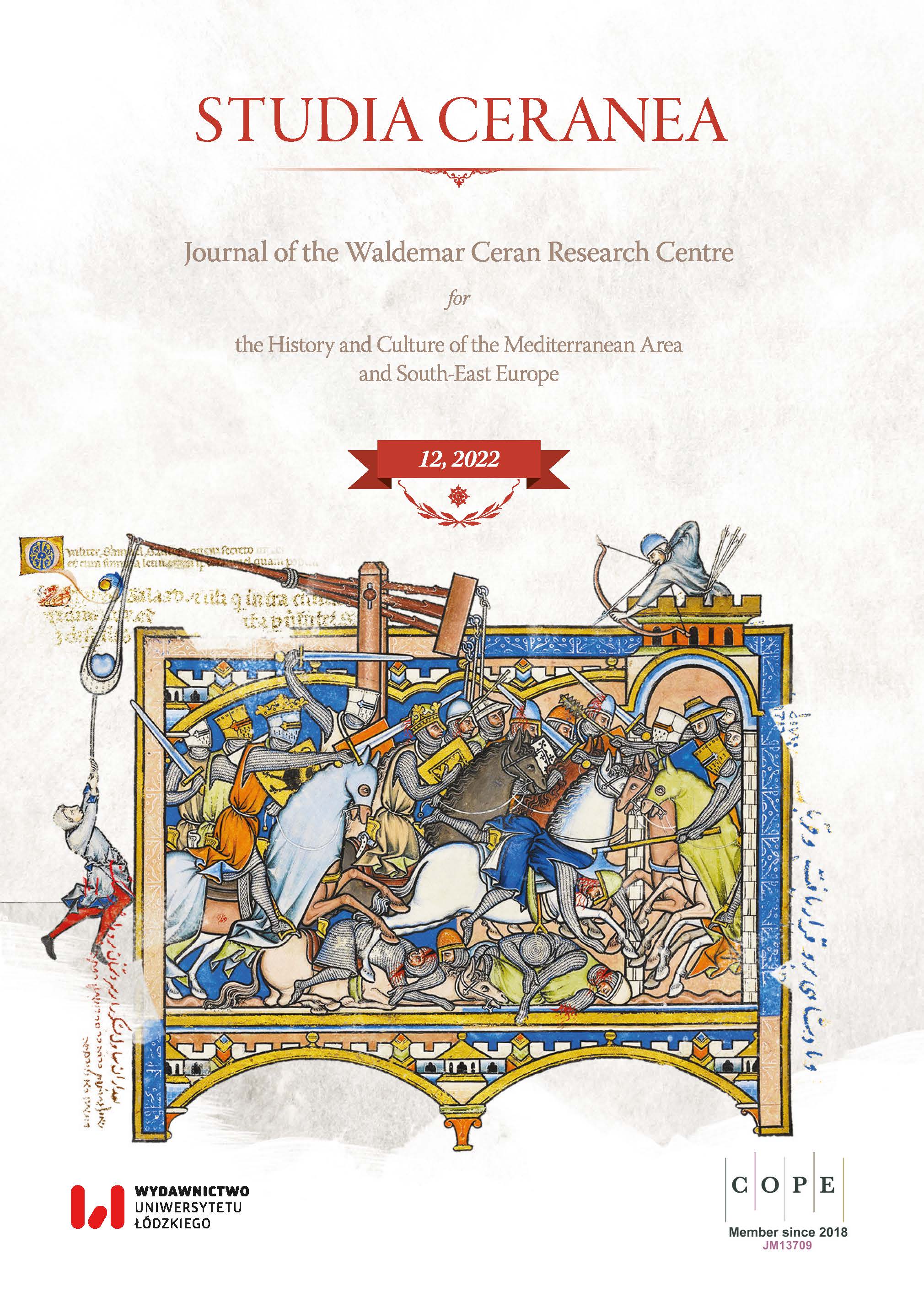Τέρνοβος, ἐν ᾗ τὰ βασίλεια ἦν τῶν Βουλγάρων: the Role of the Bulgarian Capital City According to Ῥωμαϊκὴ ἱστορία by Nikephoros Gregoras
Τέρνοβος, ἐν ᾗ τὰ βασίλεια ἦν τῶν Βουλγάρων: the Role of the Bulgarian Capital City According to Ῥωμαϊκὴ ἱστορία by Nikephoros Gregoras
Author(s): Kirił MarinowSubject(s): History, Middle Ages
Published by: Wydawnictwo Uniwersytetu Łódzkiego
Keywords: Nikephoros Gregoras; Tărnovo; Tărnovgrad; Veliko Tărnovo; Byzantium and Bulgaria; medieval Bulgaria; medieval Balkans; medieval capitals; Byzantine historiography; the others in Byzantine sources
Summary/Abstract: The paper is devoted to a detailed analysis of direct and indirect references to Tărnovo, the capital of the so-called Second Bulgarian Tsardom (12th–14th centuries) in Roman history of Nikephoros Gregoras, an outstanding Byzantine scholar of the first half of the fourteenth century. An analysis of the passages devoted to this city leads to a conclusion that the status of the city was fully obvious to the Byzantine historian – this was the main, capital city of the Bulgarian state, in which its rulers permanently resided, without holding which one could not be a fully legitimate tsar of the Bulgarians and exercise real power of the northern neighbours of Byzantium. Thus the conflicts over power in contemporary Bulgaria focused primarily on taking Tărnovo. The Bulgarian tsar departed with military expeditions most often from this city, having gathered in its vicinity armed forces, and to this city Byzantines and rulers of other neighbouring countries sent their envoys to meet with the Bulgarian autocrat.
- Issue Year: 2022
- Issue No: 12
- Page Range: 135-157
- Page Count: 23
- Language: English

